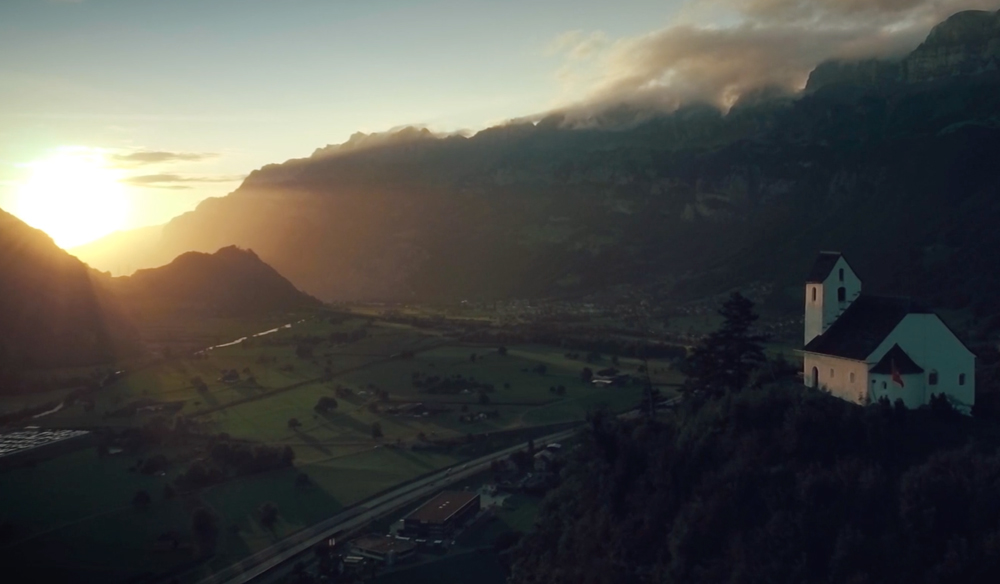

The viewer now changes to reveal the ‘Tools’ menu, directly underneath the viewer, with the ‘Speed’ controls active.A handy shortcut to the Cut Page’s Speed tool is to right-click on a clip and choose the ‘Change Speed’ command from the contextual menu.Įither right-click on the clip or use the ‘Clip’ pull-down menu and then choose: ‘Change Clip Speed’. This workflow is for setting a constant speed slow motion in the Cut page. Method 3: Setting a constant frame rate slow motion on the Cut Pageĭid your record your shot at ‘normal‘ speed but now want to slow it down in the timeline? This is the most basic form of the slow-motion effect, where you set a single frame rate for the length of the shot. Either drag the clip from the source window onto the record window and select ‘Fit to Fill’ from the graphical menu or use the Edit > Fit to Fill menu command.Enter an In / Out point in the Timeline for the duration you want to ‘fit’ the source footage into.On the Edit page, enter both an In / Out point on the source footage.If you want to ‘fit’ a short clip into a longer duration (or if you want to ‘fit’ a longer duration shot into a short duration) on your timeline then ‘Fit to Fill’ is the classic editing command you want to use. Method 2: Using the ‘Fit to Fill’ command to set a constant frame rate speed effect (on the Edit Page) Drag from the Source window and drop the image onto the ‘Fit to Fill’ command in the Record viewer on the Edit page. It’s best to make this change before you start editing the shot into a timeline. Note: If the clip is already edited into a Timeline, this modification may adversely affect that instance of the clip and you may need to replace that shot in the timeline, each time the clip appears.Press ‘OK’ and your clip will now always playback at the new frame rate.From the ‘Video’ tab use the ‘Frame Rate’ pull-down to choose your desired frame rate.In the Media Pool, Cut Page, or Edit Page, right-click on the clip in a bin and choose ‘Clip Attributes…”.The ‘slow motion’ workflows in DaVinci Resolve (from simplest to most advanced) are: Method 1: Directly setting a clip’s frame-per-second playback rate using ‘Clip Attributes’ĭid you record your shot at a high frame rate (say, 120 frames per second) but want to override the clip’s playback rate to 24 frames per second so it always plays in slow motion? The software will duplicate or recreate the missing frames, creating the slow motion effect.

If you recorded at 24 frames per second (fps), you will change the playback rate of your shot to 23 fps or slower.

All slow motion effects rely on changing the frame rate of the shot to something slower than the frame rate of the camera recording.


 0 kommentar(er)
0 kommentar(er)
